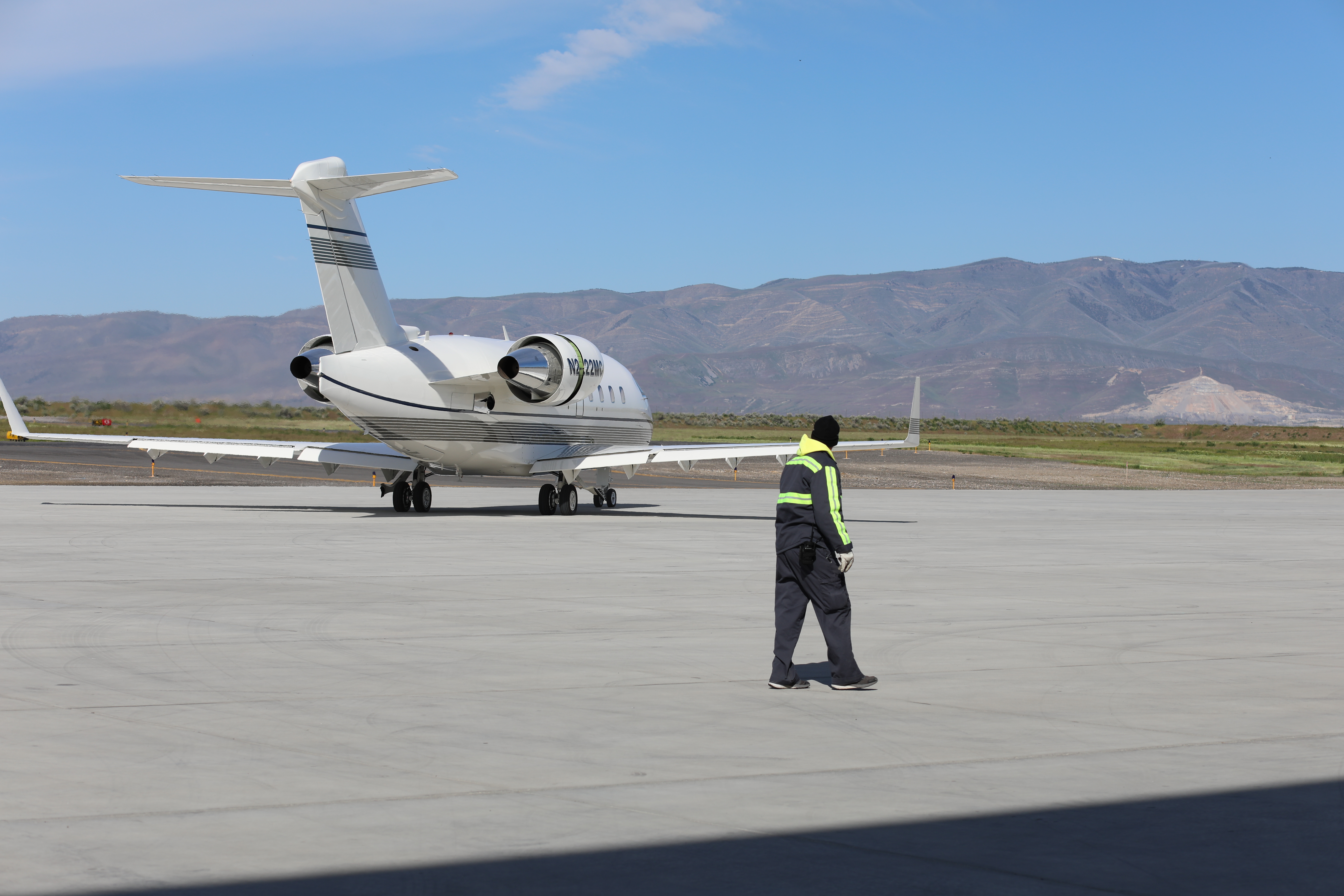
Proper Tire Inflation
The most important preventative maintenance action for tires is to regularly inspect them for proper inflation. The cost associated with tire maintenance will be minimal if proper tire inflation is maintained.
Checking tire pressure can be made simple by implementing a third-party wireless tire pressure sensor system. This saves time and the check can even be done by the pilots during walk around. These sensors are retrofitted to a wide variety of business and corporate aircraft.
Taxiing and landing your aircraft with under-inflated tires will result in uneven wear, adding stress and heat on the tire. These stresses shorten a tire’s useful life and can lead to tire incidents. Over-inflated tires can cause uneven tread wear and are more prone to cutting and increased stress on aircraft wheels.
Taxi Slow and Take Wide Turns
Airports are continuing to grow and becoming busier, but don’t get in a hurry while taxiing. Aircraft are not designed to taxi quickly. At higher taxi speeds, the internal heat of the tires begins to rise quickly and can be a concern prior to takeoff. To reduce the likelihood of a tire dropping off the edge of a paved surface, potentially causing sidewall damage, approach and navigate corners slowly and with wide turns.
Don't Use Braking to Steer
One of the best ways to extend the life of your aircraft brakes is to not use them for directional or speed control during taxi. Aircraft brakes are designed to be used to slow down after a landing. But continual light use during taxiing wears away the surface of the brake lining and reduces brake effectiveness over time.
Land on Long Runways and Roll Out
Whenever possible after landing on a sufficiently long runway, allow the aircraft to slow before applying the brakes.
Don’t Ignore Leaks
If you notice hydraulic fluid pooling around the landing gear, inspect the brake lines right away. Leaking fluid left unattended will damage other components of the brake assembly and will cost you more to repair later.
December 2025
December 2025
December 2025
November 2025
November 2025